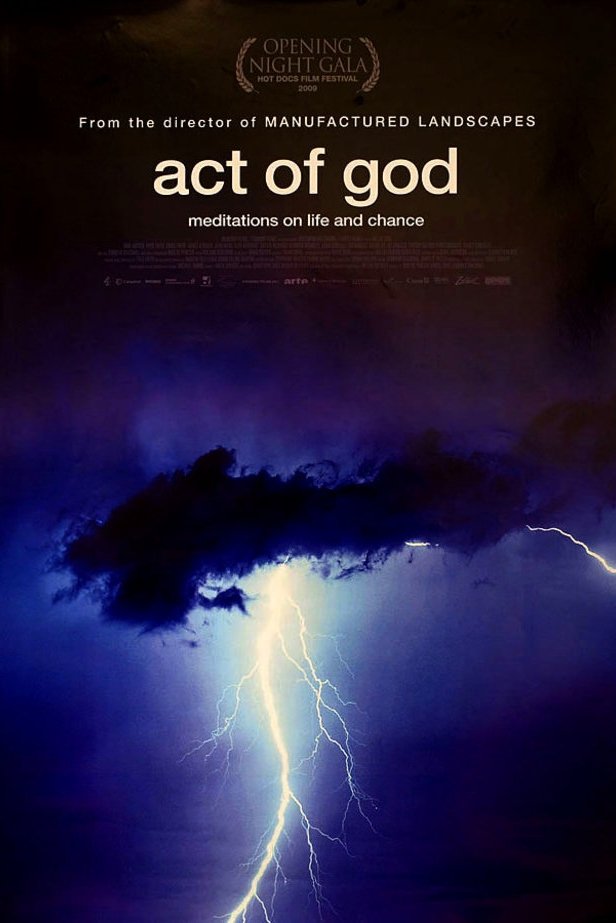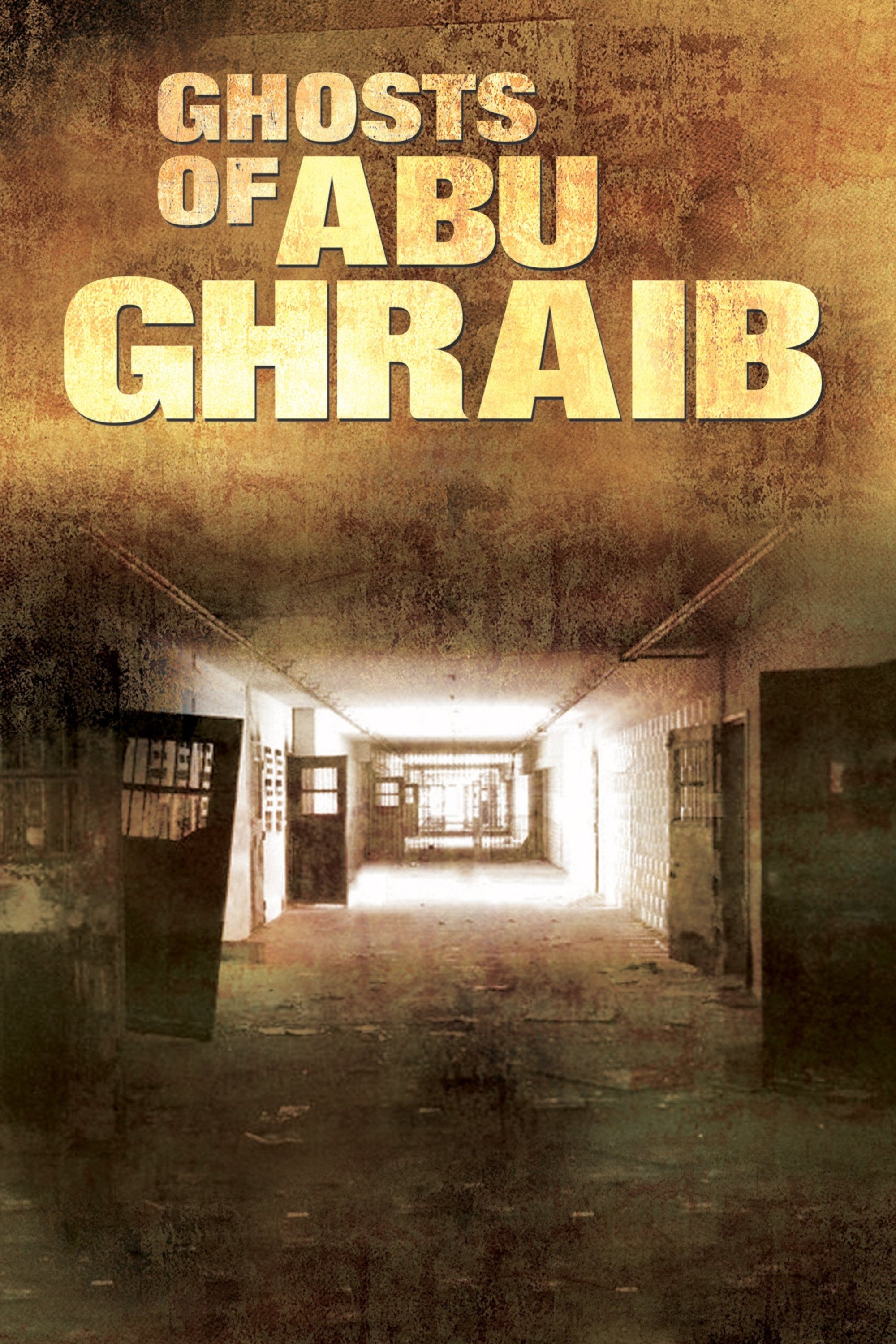
The Breidjing Camp (2015)
Released:
2015-12-04
Duration:
52min
Genres:
Documentary
Rating 0.0
Overview
Claire Denis goes to Eastern Chad to the Breidjing camp, the home of 40,000 refugees from Darfur. With great humility, she tells the stories of these men and women, victims of one of the worst humanitarian catastrophes that this century has seen so far.
Production Companies
ARTE GEIE
Additional Info
| Budget | $0.00 |
|---|---|
| Revenue | $0.00 |
| Original Language | fr |
| Popularity | 0.1879 |
Directed By
Claire Denis
Crew
Cinematography
Jean-Luc Baechler
Jean-Luc Baechler
Writer
Claire Denis
Claire Denis
Producer
Anne-Florence Garnier
Anne-Florence Garnier
Director
Claire Denis
Claire Denis
TOP CAST

Claire Denis
Narrator














